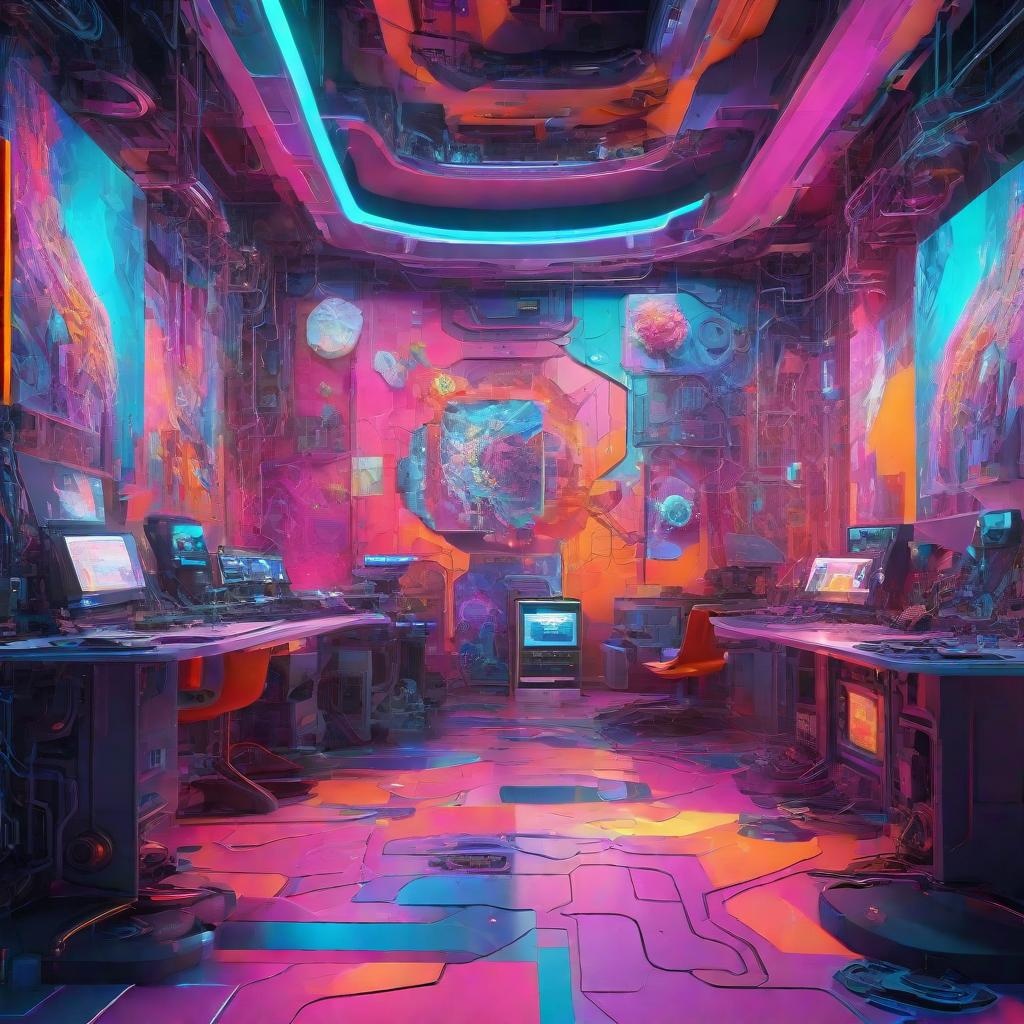Can AI Art Be Copyrighted? You Should Know

As artificial intelligence continues to make strides in creative fields, the question of whether AI-generated artwork can be copyrighted has become increasingly relevant. This article explores the complexities surrounding copyright in the context of AI art.
Understanding AI Art
AI art refers to any artwork created with the assistance of artificial intelligence. This can range from images generated through algorithms to music composed by AI systems. The uniqueness of AI art lies in its combination of human and machine creativity.
The Basics of Copyright
Copyright is a legal framework that grants creators exclusive rights to their original works. This includes the right to reproduce, distribute, and display their art. To qualify for copyright protection, a work must be:
- Original: The work must be a product of creativity and not copied from another source.
- Fixed: The work must be fixed in a tangible medium of expression.
Can AI Art Be Copyrighted?
The question of whether AI-generated art can be copyrighted is still evolving. Here are key points to consider:
1. Human Involvement
In most jurisdictions, copyright protection requires some human authorship. If an AI program produces a work without direct human input, it may not qualify for copyright. However, if an artist uses AI as a tool, even if the AI generates significant portions of the art, the artist may still claim copyright.
2. Current Legal Interpretations
The legal landscape surrounding AI art is murky. Some legal experts argue that:
- Art created solely by AI lacks a human author, making it ineligible for copyright.
- Works where humans provide substantial input may be eligible for copyright protections.
3. Case Studies
Several notable cases have brought this issue to light:
- Stephen Thaler's Artwork: Thaler, an inventor, claimed copyright for art generated by his AI, DABUS. A US court ruled that the work could not be copyrighted as there was no human author.
- AI-Generated Music: In music, courts have granted copyright to works involving significant human creativity, even if AI contributed to the composition.
The Future of Copyright and AI Art
The debate over AI art and copyright is ongoing. As technology evolves, so too will the legal interpretations. Artists utilizing AI should consider their role in the creative process to better understand the implications for copyright.
Conclusion
AI art presents both challenges and opportunities for copyright law. While the creative potential of AI is vast, the legal framework is still catching up. It's essential for artists and creators to remain informed as the landscape continues to develop.
"The future is not something we enter. The future is something we create." – Leonard I. Sweet